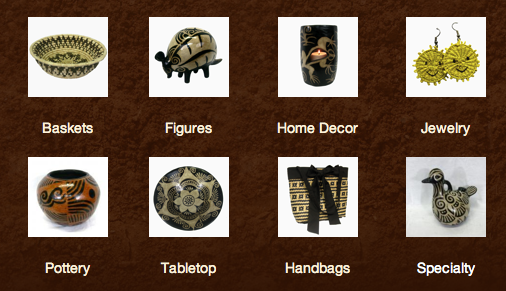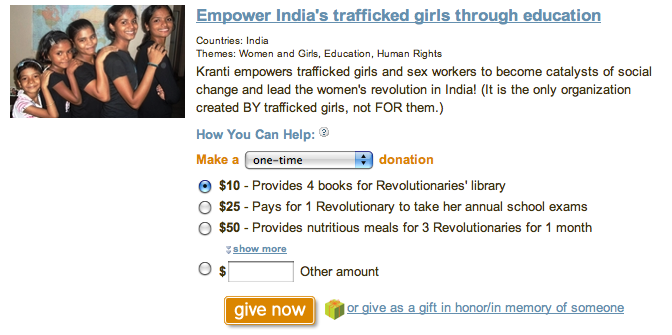Since I learned that I will never be able to think of Thanksgiving the same way. I learned this from a children’s book called “1621: A New Look at Thanksgiving” which tells the historically accurate version of the impromptu feast celebrating a sucessful hunting trip on which we model our current celebrations.
Turns out, actually, that the original Thanksgiving feast with the Pilgrims and the Wampanoag nation was not in November of 1621. More accurately, that communal celebration was held around August or September–the traditional time of harvest for northern latitudes. In that case, if Americans want to honor that celebration, it would be more appropriate for them to celebrate the harvest at the traditional harvest celebration known as Mabon.
However, it is still troubling to observe a celebration that turned into 3 centuries of heartache for one of the parties. Within 17 years of the harvest feast between the settlers of the Mayflower and the Wampanoag tribe, relations deteriorated to such an extent that the Wampanoag lost their political independence and much of their homeland. By 1676, their chief had been killed and his son and many other Natives were sold into slavery. Today, the Thanksgiving holiday is a reminder of bloodshed and betrayal, which is why each year they gather around the statue of their fallen chief and hold a vigil in the memory of their ancestor’s struggles and the loss of their land.
The day of Thanksgiving was set by Abraham Lincoln in 1863 when he declared two Thanksgivings that year: one commemorating the Battle of Gettysberh and the other in November, a national day of thanksgiving for all blessings in general. The feast shared between the Mayflower settlers and the Wampanoag people was then conflated as a precedent and became the model for our modern celebrations.
It is still valid to observe a day of Thanksgiving the way that President Lincoln intended. Just as we recognize the praiseworthiness of President Obama’s National Day of Service, we can recognize that a national day of thanksgiving instituted by a U.S. president 150 years ago. At the same time, the heartache of the native peoples cannot be ignored. Our celebrations, once we have gained the awareness, will be changed by that knowledge.
This year, and I hope each year after, part of my Thanksgiving observance will be a memorial for the unjust wars, genocides and violence committed against various groups by imperialism and patriarchy. For me, Thanksgiving will become a day of awareness of bigotry and intolerance wherever it exists, a somber day or memoriam for the genocides that have been and continue to be throughout the world. Because of the heaviness of that realization, and how it overshadows a day of thanksgiving, I’m really feeling the need for transmuting thanksgiving to the autumnal equinox.
The historical account of European settlers taking over Native American lands in Massachusetts is an isolated example of injustices that have occurred throughout time. Where is the day that remembers all of it together? The Holocaust, the Crusades, the Trail of Tears, Tiananmen Square, the Cambodian killing fields, Darfur, Rwanda, the desaparecidos of South America, the September 11th attacks, international sex trafficking, and the millions of girls who are aborted or left to die because they were born female are all stories that fill our history and our current events with the sobering realization that all is not well with the world.
In Mother Wove the Morning (p. 22), Carol Lynn Pearson chronicles what it means to be female in some parts of the world: “The historical preference for males over females has left an amazing disparity in the statistics of a recently completed census in developing countries. Sixty million women are missing — because of female infanticide, selective abortion, little girls not being given the same food or medical treatment as their brothers. And the estimate is worldwide — more than one hundred million gone because they were born or about to be born female. Well, we are still rightly horrified that just decades ago six million were killed because they were Jewish. What can our minds even do with these numbers?”
The monument at the gates of Dachau, the former Holocaust concentration camp
We could join with the people of Dachau in saying “Never Again” to the injustices perpetuated throughout the world. By never forgetting what has happened and by being aware of what is happening, we can be apart of doing what we can to stand against injustice, to mourn with those who mourn and as a member of our global community insist to leaders everywhere they that too stop the atrocities that are occurring in their jurisdictions.
In order to accomplish these goals, we start small. A day of awareness, even just an evening, an hour or a minute, is a good place to start. This November 24, consider taking a minute to share in the vigil of the Wampanoag tribe. Light a candle and say a prayer for the people of the world.
Other ideas to observe the American Thanksgiving as a Day of Genocide Awareness:
- Place a candle in your window sill in remembrance.
- After your Thanksgiving meal, take a walk through your neighborhood with family and friends while carrying lit candles.
- Instead of a large feast, prepare a simple meal to share with family and friends and donate the remainder of what you would have spent to a any number of organizations that are working on human rights issues.
- Each year, choose an organization or effort to which you can donate or volunteer around the Thanksgiving holiday. Invite children, family and friends to join with you in these efforts.
- Organize a vigil in your community or neighborhood during the week of Thanksgiving.
- Blog, tweet and facebook about the true story of Thanksgiving and what you do to remember societal injustice.
- Instead of Black Friday deals at major retailers, shop local and free trade to ensure that your purchases are not produced by exploitation of laborers, or check out the WAVE Holiday Shopping Guide for online shopping options.















